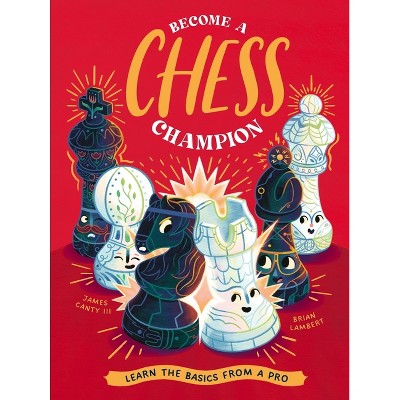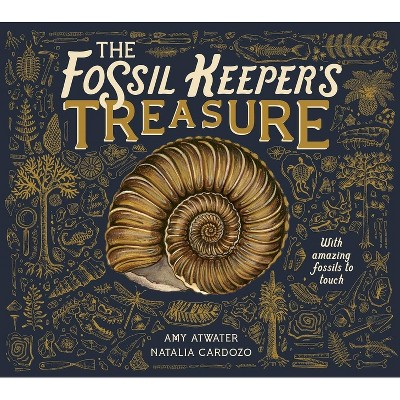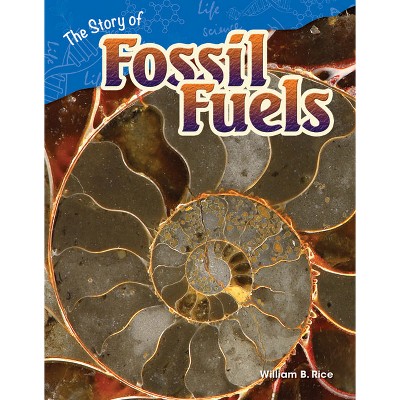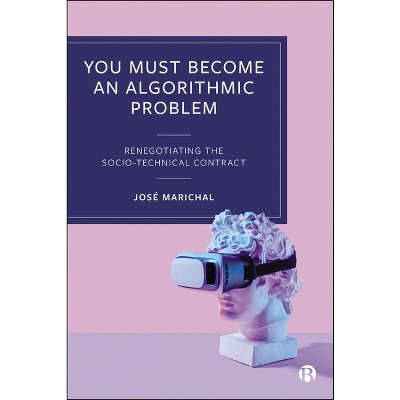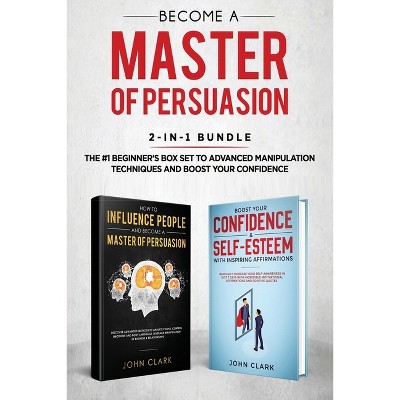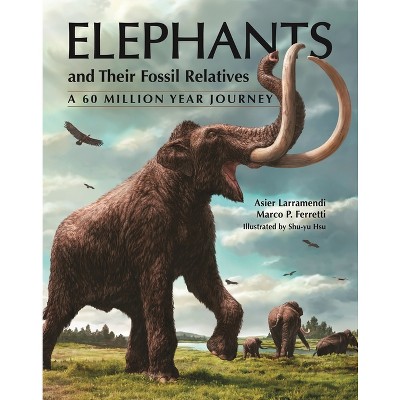Sponsored

How Does a Bone Become a Fossil? - (How Does It Happen) by Melissa Stewart (Paperback)
$8.99
In Stock
Eligible for registries and wish lists
Sponsored
About this item
Highlights
- How do minerals collect in ancient bones?
- 8-10 Years
- 10.2" x 8.0" Paperback
- 32 Pages
- Juvenile Nonfiction, Science & Nature
- Series Name: How Does It Happen
Description
About the Book
How do minerals collect in ancient bones? Why are fish fossils sometimes found on land? How can some feathers be preserved for millions of years? This series explores the causes and effects that shape our world.Book Synopsis
How do minerals collect in ancient bones? Why are fish fossils sometimes found on land? How can some feathers be preserved for millions of years? This series explores the causes and effects that shape our world. From the underwater volcanoes that sprout into islands, to the rushing waterfalls that spark electric currents, this series demonstrates how both natural and man-made phenomena occur.Review Quotes
How Does a Bone Become a Fossil? is part of an interesting, low-cost series of paperbacks that answer key topical questions in the Earth sciences; the text, photos, and graphical elements will attract readers. Students in grades two through five will enjoy the easy-to-read font size and style, with important words in bold. Photos are clearly labeled with sentence captions, and sidebars feature key questions and interesting information. There are many great resources in this nonfiction text to help students with research reports, and there is an extensive glossary. The "Find Out More" section includes lists of websites and books, an index, and a contents page. The photographs in the text are stunning and will keep readers' interest, and the fact boxes found throughout will engage readers with intriguing bits of information. I would recommend this series to both classroom teachers and librarians. - Tracy Alley NSTA Recommends website posted 11/12/2011-- "NSTA Recommends"
Reluctant readers in the upper elementary grades should be shown this terrific series which captures students' attention with intriguing questions and bright, vivid photographs. Each chapter is covered in a double-paged spread with multi-colored backgrounds, text boxes, and captivating photographs. Graphs and diagrams are presented simply to help the reader understand the concepts. Vocabulary terms are in bold to alert the reader that their definitions are found in the glossary. Younger readers will enjoy having sections read aloud and all student researchers will find the information contained in each book useful for assigned projects and answering questions they have about the world around them. Bibliography. Websites. Index. Recommended--Catherine Trinkle, Media Specialist, Avon (Indiana) Community School Corporation Library Media Connection March/April 2010-- "Library Media Connection"
This is an informative text that clearly explains the nature of fossils and their importance to scientists interested in reconstructing life in the distant past. With the aid of a number of excellent illustrations and photographs, Melissa Stewart describes where and how fossils form and the different types of fossils body and trace fossils, molds, casts, and organisms preserved in amber that have been discovered by scientists. She also considers the various locales where fossils can be unearthed and explains how scientists excavate and study them. Most importantly, she urges young readers (8 - 10 years of age) who might be interested in fossil collecting to get into the field and become active fossil hunters themselves. A glossary and list of references are helpful additions. This book is an excellent resource for burgeoning young scientists and is sure to encourage the budding paleontologist in the family. How Does a Bone Become a Fossil? is part of Heinemann-Raintree;'s How Does it Happen series, which explores the various man-made and natural forces that have helped to shape our world. Other titles in the series include How Does a Cloud Become a Thunderstorm? How Does an Earthquake Become a Tsunami? How Does a Plant Become Oil? How Does a Volcano Become an Island? How Does a Waterfall Become Electricity? and How Does Sand Become Glass? Recommended--Danny A. Brass NSS News (National Speleological Society) Winter 2010-- "NSS News"
Dimensions (Overall): 10.2 Inches (H) x 8.0 Inches (W) x .3 Inches (D)
Weight: .3 Pounds
Suggested Age: 8-10 Years
Number of Pages: 32
Genre: Juvenile Nonfiction
Sub-Genre: Science & Nature
Series Title: How Does It Happen
Publisher: Raintree
Format: Paperback
Author: Melissa Stewart
Language: English
Street Date: August 15, 2016
TCIN: 77800784
UPC: 9781410985293
Item Number (DPCI): 247-11-8595
Origin: Made in the USA or Imported
If the item details aren’t accurate or complete, we want to know about it.
Shipping details
Estimated ship dimensions: 0.3 inches length x 8 inches width x 10.2 inches height
Estimated ship weight: 0.3 pounds
We regret that this item cannot be shipped to PO Boxes.
This item cannot be shipped to the following locations: American Samoa (see also separate entry under AS), Guam (see also separate entry under GU), Northern Mariana Islands, Puerto Rico (see also separate entry under PR), United States Minor Outlying Islands, Virgin Islands, U.S., APO/FPO
Return details
This item can be returned to any Target store or Target.com.
This item must be returned within 90 days of the date it was purchased in store, shipped, delivered by a Shipt shopper, or made ready for pickup.
See the return policy for complete information.






